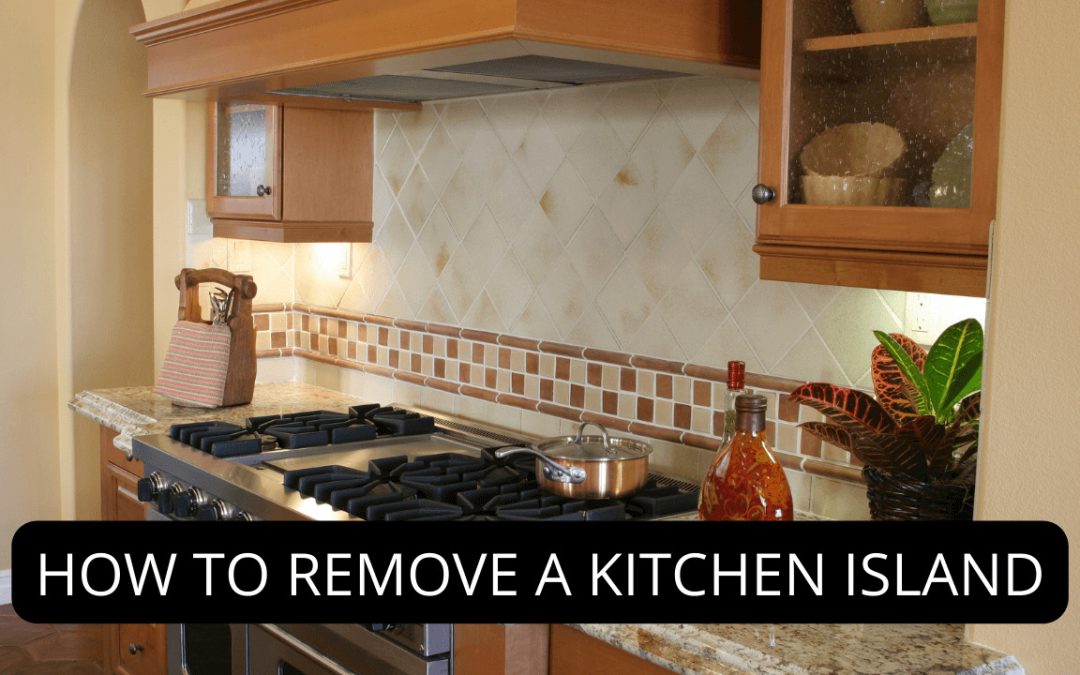Removing a kitchen island can be a challenging task, but it is possible to do it yourself with some basic tools and a bit of know-how. Here are the steps you can follow to remove a kitchen island:
Step 1: Clear the Area
Before you begin removing the kitchen island, you need to clear the surrounding area to ensure that there is enough space for you to work safely. Remove any chairs or stools that are around the island, and clear the countertops of any items that might get in your way.
Step 2: Turn Off Utilities
If your kitchen island has electrical outlets, plumbing, or gas lines, you will need to turn off the utilities before you begin. You should turn off the electricity at the circuit breaker, shut off the water supply to the island, and turn off the gas supply if applicable. If you’re not sure how to do this, you should consult with a licensed professional.
Step 3: Remove the Countertop
The countertop is likely the heaviest part of the kitchen island, so it’s a good idea to remove it first. Depending on how the countertop is attached, you may need to use a pry bar or screwdriver to remove any screws or brackets holding it in place. Once the countertop is free, lift it off and set it aside.
Step 4: Detach the Cabinets
The next step is to detach the cabinets from the kitchen island. If the cabinets are screwed or bolted into the floor, you will need to remove those first. Then, use a screwdriver or drill to remove any screws or brackets holding the cabinets together. If the cabinets are attached to the wall, you may need to use a crowbar to pry them away from the wall.
Step 5: Remove the Island Base
Once the cabinets detach. You can begin removing the island base itself. This will likely involve removing any screws or bolts that are holding it in place. As well as any glue or adhesive that may have been used to attach it to the floor. If necessary, you may need to use a pry bar or hammer to loosen the island from the floor.
Step 6: Clean Up Once you have removed the kitchen island
you should clean up the area to ensure that there are no loose screws, nails, or other debris lying around. You may also need to patch any holes or damage that left behind from the removal process.
In conclusion, removing a kitchen island requires some basic tools, patience, and attention to detail. If you’re not comfortable doing this yourself, you may want to hire a professional to do it for you. With these steps, you should be able to remove your kitchen island safely and efficiently.

